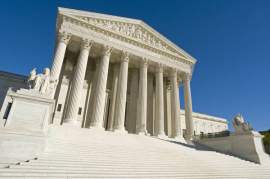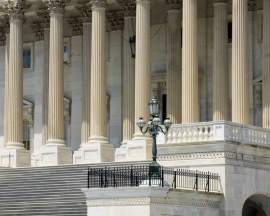
What Does the Judicial Branch Do

What Does the Judicial Branch Do?
The United States government has 3 branches, which all serve an important role in running our government and keeping our system of laws in place. The legislative branch makes the laws while the executive branch enforces these laws. But what does the judicial branch do?
The judicial branch is a system of courts that applies the laws. Both the federal government and each of the 5 states have individual judicial branches which all serve this purpose. The federal judicial system reviews any cases or controversies that arise from laws put into effect by Congress or by the Constitution. State judicial branches cover laws of the state.
Each judicial branch has a specific order in which a case is to be heard. The following is the hierarchy of the federal judicial branch:
1. District Courts – District courts are courts of first impression, which means that they are the first to hear a new case. This type of court will perform the trial, with an initial decision made by a jury or possibly a judge.
2. Circuit Courts – This is the second step for a case, which has come to completion in the district court, but is being appealed. Circuit courts will hear appeals based on mistake of fact, mistake of law, or violations of rights or procedures. These courts will decide cases based upon a panel of judges, who review the record of the district court case.
3. The Supreme Court of the United States – This is the highest court in the United States, which will hear select cases of importance that are being appealed. The Supreme Court selects its own cases to hear, usually cases that the justices of the court find the most important. The Supreme Court can also hear cases taken from state courts that impact federal law.
NEXT: Unified Court System





















